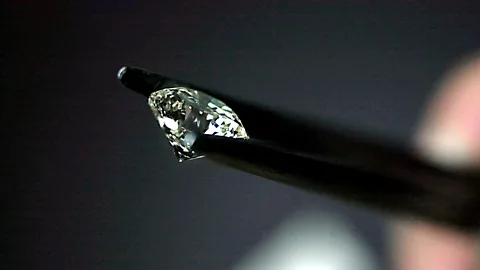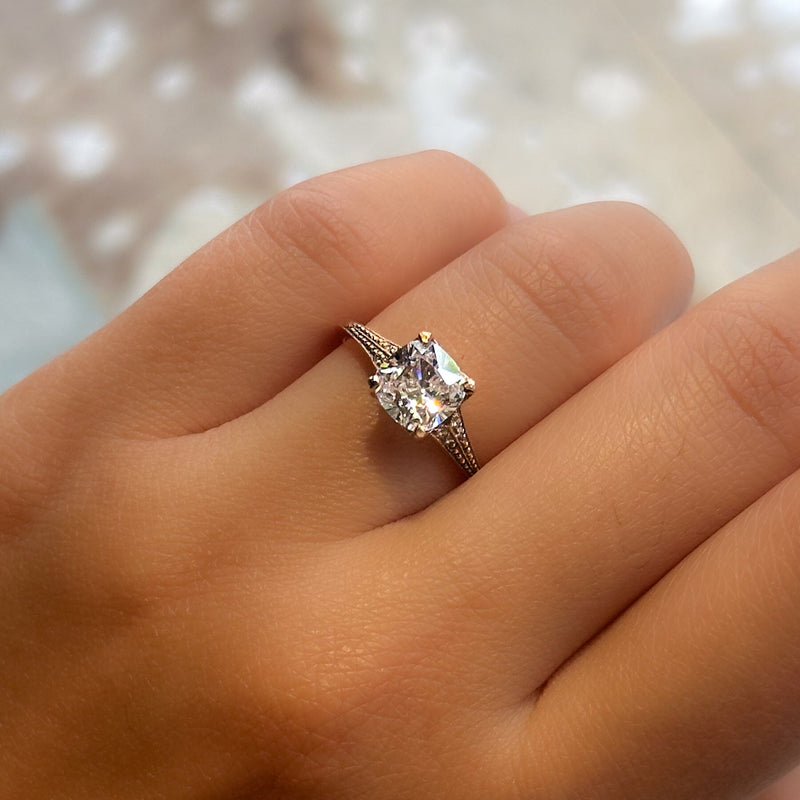
In recent years, lab grown diamonds have emerged as a compelling alternative to natural diamonds, offering both ethical appeal and environmental sustainability. As technology advances, these diamonds are becoming increasingly indistinguishable from their mined counterparts, sparking a revolution in the jewelry industry. This article explores the intricacies of lab grown diamonds, their benefits, production methods, market trends, and more, aiming to demystify this brilliant innovation.
Introduction to Lab Grown Diamonds
Lab grown diamonds, also known as synthetic or cultured diamonds, are created in controlled laboratory environments rather than being mined from the earth. While natural diamonds form over millions of years under intense pressure and heat deep within the earth’s mantle, lab grown diamonds are manufactured using cutting-edge technology that replicates this natural process in a matter of weeks.
History and Development
The concept of creating diamonds in a laboratory dates back to the late 19th century, with early experiments yielding only small, flawed diamonds. However, significant advancements in the 20th and 21st centuries have refined the process to produce gem-quality diamonds that rival their natural counterparts in brilliance and purity.
Early Experiments and Breakthroughs
Early attempts by scientists such as James Hall in the 1950s laid the groundwork for later breakthroughs in diamond synthesis.
Advancements in Technology
Modern techniques such as High Pressure High Temperature (HPHT) and Chemical Vapor Deposition (CVD) have revolutionized the production of lab grown diamonds, enabling larger and higher-quality stones to be grown with greater efficiency.
Benefits of Lab Grown Diamonds
Lab grown diamonds offer several advantages over natural diamonds, making them a preferred choice for many consumers and jewelers alike.
Environmental Impact
Unlike traditional diamond mining, which can have significant environmental consequences such as habitat destruction and water pollution, lab grown diamonds have a minimal ecological footprint.
Ethical Considerations
Concerns about the ethics of diamond mining, including issues surrounding labor practices and conflicts over diamond mining areas, are largely mitigated by the production of lab grown diamonds.
Quality and Characteristics
In terms of chemical composition and physical properties, lab grown diamonds are virtually identical to natural diamonds.
Comparison with Natural Diamonds
Lab grown diamonds exhibit the same hardness, brilliance, and fire as natural diamonds, often indistinguishable even to trained gemologists.
Grading Standards
They are graded using the same 4Cs (Cut, Color, Clarity, and Carat) criteria as natural diamonds, ensuring transparency and consistency in quality assessment.
Production Process
Two primary methods are used to create lab grown diamonds: High Pressure High Temperature (HPHT) and Chemical Vapor Deposition (CVD).
High Pressure High Temperature (HPHT) Method
This method simulates the natural diamond formation process by subjecting a carbon seed to high pressure and temperature conditions akin to those found in the earth’s mantle.
Chemical Vapor Deposition (CVD) Method
In the CVD process, carbon-rich gases are ionized into plasma, creating a diamond seed that gradually grows into a larger crystal as carbon atoms adhere to its surface.
Cost Comparison
The cost of lab grown diamonds is typically lower than that of natural diamonds, influenced by factors such as production efficiency and market demand.
Factors Influencing Price
Technological advancements, lab made diamonds, economies of scale, and consumer acceptance all play roles in determining the pricing of lab grown diamonds.
Long-term Value Proposition
While natural diamonds may hold sentimental or investment value, lab grown diamonds offer a compelling option for those seeking high-quality gemstones at a more accessible price point.
Market Trends
The market for lab grown diamonds has experienced significant growth in recent years, driven by shifting consumer preferences and increasing awareness of ethical and environmental issues.
Growth in Popularity
Consumers are increasingly embracing lab grown diamonds for their ethical sourcing, environmental sustainability, and affordability without compromising on quality.
Consumer Perceptions
Changing perceptions among consumers, particularly younger generations, have contributed to the rising popularity of lab grown diamonds as a socially responsible choice.
Applications and Uses
Lab grown diamonds are versatile and find applications beyond traditional jewelry settings, including industrial uses and innovative technological applications.
Jewelry
They are used in a variety of jewelry pieces, ranging from engagement rings to earrings and bracelets, offering a wide range of designs and styles.
Industrial Applications
Due to their hardness and thermal conductivity, lab grown diamonds are utilized in industrial sectors such as cutting tools, electronics, and medical equipment.
Myths and Misconceptions
Despite their growing acceptance, lab grown diamonds still face misconceptions and misinformation that warrant clarification.
Common Misunderstandings
Misconceptions about lab grown diamonds being “fake” or of inferior quality persist despite scientific evidence proving otherwise.
Debunking False Claims
Scientific studies and industry standards affirm the authenticity and durability of lab grown diamonds, dispelling myths surrounding their value and longevity.
Environmental Impact
The production of lab grown diamonds has a significantly lower environmental impact compared to diamond mining operations.
Sustainability Aspects
By reducing the demand for mined diamonds, lab grown diamonds contribute to conservation efforts and minimize ecological disruption.
Carbon Footprint Comparison
Studies indicate that lab grown diamonds generate fewer carbon emissions and require less energy than traditional diamond mining processes, aligning with global efforts toward sustainability.
Legal and Certification
Lab grown diamonds are subject to regulatory frameworks and certification standards to ensure transparency and consumer confidence.
Regulatory Landscape
Various countries have established regulations governing the labeling and sale of lab grown diamonds to prevent deceptive practices and protect consumer rights.
Certifications and Standards
Certification bodies such as the International Gemological Institute (IGI) and Gemological Institute of America (GIA) provide grading reports for lab grown diamonds, detailing their quality characteristics and origin.
Future Outlook
The future of lab grown diamonds looks promising with ongoing technological advancements and evolving consumer preferences shaping the market.
Technological Advancements
Continued research and development are expected to enhance the efficiency and scalability of diamond production methods, further bridging the gap between lab grown and natural diamonds.
Market Predictions
As awareness grows and production costs decrease, lab grown diamonds are projected to capture an increasing share of the global diamond market, appealing to environmentally conscious consumers and industry stakeholders alike.
Conclusion
In conclusion, lab grown diamonds represent a breakthrough innovation in the world of gemstones, offering a sustainable, ethical, and high-quality alternative to natural diamonds. With their unique advantages and growing acceptance, they are poised to redefine the future of luxury and industrial applications alike.




